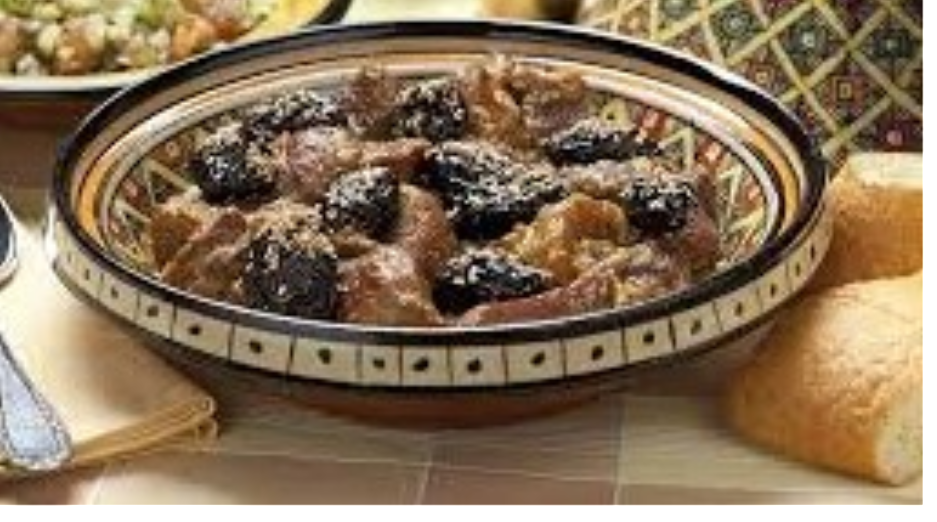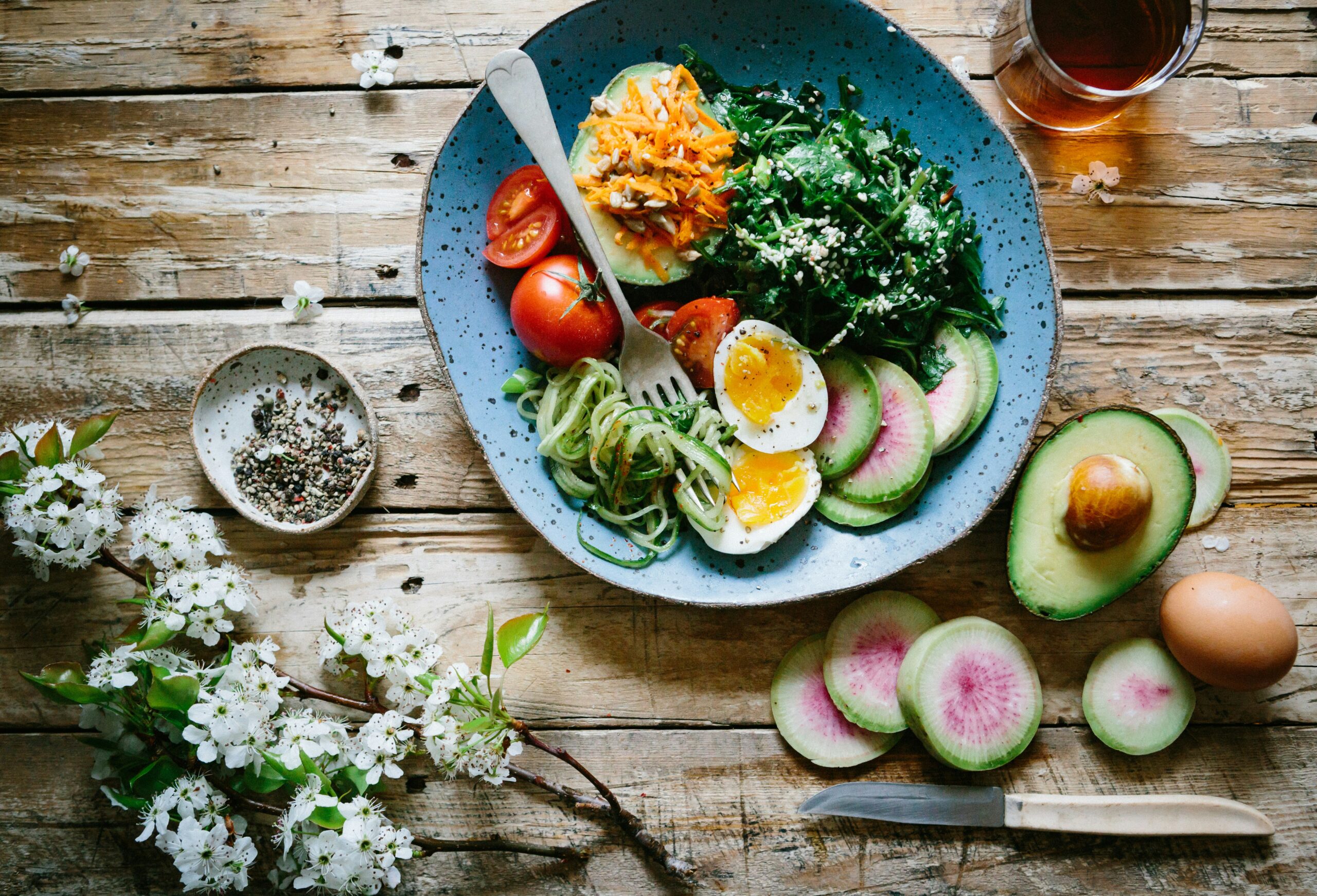
Moroccan cuisine is celebrated worldwide for its unique balance of flavors, and one of the most iconic dishes that captures this harmony is the Tagine with Prunes. Known locally as “Tajine Lham Bel Barkouk,” it combines tender meat with the sweetness of prunes and a fragrant mixture of spices. Preparing this dish is not only about following a recipe but also about embracing the Moroccan way of slow cooking, where time, patience, and layering of flavors create a dish that is both hearty and elegant.
Selecting Ingredients
The first step in preparing Moroccan tagine with prunes is selecting high-quality ingredients. Traditionally, this dish is made with lamb, though beef can also be used as an alternative. Lamb shoulder or shank is often chosen for its marbling, which keeps the meat tender during long cooking. Prunes are essential because they add a delicate sweetness that contrasts beautifully with the savory meat and spices. Other important ingredients include onions, garlic, fresh ginger, ground cinnamon, saffron, turmeric, and a touch of honey. For garnishing, roasted sesame seeds and blanched almonds are added, which give the final dish a nutty crunch and a festive look. These ingredients together create the magical Moroccan balance of sweet and savory flavors.
Preparing the Meat Base

Start by heating a heavy-bottomed pot or a traditional tagine over medium heat. Add a few tablespoons of olive oil, then sauté finely chopped onions until they soften and become golden. Add crushed garlic cloves and freshly grated ginger to build the aromatic foundation. At this point, the spices come into play. Stir in ground turmeric, saffron threads soaked in warm water, black pepper, and a pinch of cinnamon. The fragrance released is the first sign that the dish is taking on its traditional Moroccan character. Place the lamb or beef pieces into the pot and brown them on all sides. This step seals the juices and ensures the meat will remain succulent throughout the long cooking process. Add a small amount of water or broth to cover the meat partially, bring it to a simmer, and let it cook slowly until the meat begins to tenderize.
Creating the Prune Sauce
While the meat simmers, focus on preparing the prunes. In a separate small saucepan, add the dried prunes along with water, a cinnamon stick, and a drizzle of honey or sugar. Allow the prunes to simmer gently until they soften and develop a syrupy glaze. This process intensifies their natural sweetness and gives them a luscious texture that pairs perfectly with the spiced meat. Once done, set them aside to be added toward the end of the cooking process. This step is crucial because cooking the prunes directly with the meat for too long would make them break down excessively and lose their rich, plump texture.
Slow Cooking and Final Touches
Return to the pot or tagine where the meat has been simmering. Check the tenderness by piercing the meat with a fork; it should be nearly falling apart but still holding its shape. Adjust the seasoning by adding salt or a bit more pepper if needed. At this stage, incorporate the caramelized prunes into the sauce, stirring gently so that the sweet flavors blend with the savory broth. Allow everything to cook together for another 15 minutes, during which the sauce thickens and coats both the meat and prunes. For the finishing touch, sprinkle toasted sesame seeds and optionally garnish with blanched almonds that have been fried until golden. The sesame adds a gentle nuttiness, while the almonds give a delightful crunch that contrasts with the tender meat and soft prunes.
Serving the Tagine
Traditionally, Moroccan tagine with prunes is served directly from the tagine pot, placed at the center of the table for everyone to share. It is accompanied by fresh Moroccan bread, known as khobz, which is perfect for scooping up the rich sauce. Some families also serve it with couscous or rice, but bread remains the most authentic choice. The dish is often prepared for festive occasions, weddings, and family gatherings because it symbolizes generosity and celebration. The combination of flavors—savory, sweet, and aromatic—reflects the Moroccan philosophy of balance in cooking. Each bite offers a new dimension, from the tender meat infused with spices to the burst of sweetness from the prunes and the crunch of sesame and almonds.
Final Thoughts
Cooking Moroccan tagine with prunes is more than preparing a meal; it is an exploration of culture and tradition. The slow process allows the ingredients to release their essence gradually, filling the kitchen with aromas that evoke warmth and hospitality. While the recipe requires patience, the reward is extraordinary. You end up with a dish that tells a story of Morocco’s culinary heritage—rich in spices, layered in textures, and beautifully balanced in taste. Whether you are preparing it for a special occasion or as a weekend indulgence, this dish never fails to impress. It is the perfect representation of Moroccan hospitality, where food is not just nourishment but also a gesture of love and togetherness.

